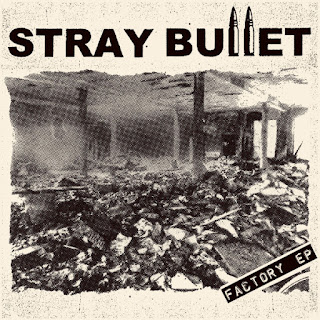Sobriquet 43.24
The following post was originally published on 6/23/08.
When I first decided to write an essay on Disgrace several years ago, I found that the bulk of the published criticism focusing on the novel (at least those articles I encountered) dealt in some way with Coetzee's conception(s) of (dis)grace. Now, I find, much of the critical discussion tends to take up one of two principal concerns, either the novel's reflection upon the Truth and Reconciliation Commission or Coetzee's treatment of animals -- especially in light of the assertions presented in the Tanner Lectures delivered by the author at Princeton University and subsequently published as The Lives of Animals and the eponymous chapters of Elizabeth Costello. Onno Oerlemans's "A Defense of Anthropomorphism: Comparing Coetzee and Gowdy" is a particularly strong example of the latter strain of critical concern. In it, Oerlemans examines Coetzee's careful treatment of the alterity of non-human presences in Disgrace, focusing, as many of his fellow commentators have done, on the oft-cited concluding scene of the novel in which David Lurie consigns Driepoot, the crippled dog with whom he has forged a tenuous bond, to Bev Shaw's needle. The ambiguous ending of the novel, Oerlemans concludes, while apparently "calculated to shock readers out of a sense that Lurie might finally" achieve some semblance of the elusive and ill-defined "grace" he has somehow lost, "it is thematically consonant with the rest of the novel's depiction of animals" (188). "The shock of emotion" the concluding scene elicits from the reader, Oerlemans continues, "forces us to acknowledge the reality of animal being," indicating that "Lurie's moral progress in the novel is not marked by his failed chance to save the animal" but by his newfound ability to focus his love on the doomed canine as it dies (188-189).
Still, Oerelmans maintains, Coetzee refuses to fully anthropomorphize the dogs, emphasizing the ultimate alterity of the animal-as-other as well as highlighting the undeniable physical presence of non-human existence. Animals, then, remind readers "of the problem of representation itself," a theme of central importance to Coetzee's entire ouevre (189). Thus, like many behaviorist ethologists, Coetzee strives to represent "the unbridgeable nature of the divide between human and non-human sentience," refusing to appropriate the subjectivity of the non-human other by endowing animals with human characteristics (185). In the end, we may glimpse some of the animality within ourselves and we may sense a very real individuality in the non-human other, but these realizations remain, necessarily, vague, enigmatic, and inscrutable. In other words, it's a delightfully existential understanding that we can never fully know an/other and that we can never properly depict the other's complete reality.
For tomorrow: Read another article and/or do some library work.
Work Cited
Oerlemans, Onno. "A Defense of Anthropomorphism: Comparing Coetzee and Gowdy." Mosaic 40.1 (2007): 181-196.




Comments
Post a Comment